DVL: Dermatology, Venereology & Leprosy
After the psychiatry department, I was assigned to the DVL department. When I first found out that I would be observing in the DVL department, I had no idea what DVL stood for; I had never heard of that acronym before. Apparently, it stands for Dermatology, Venereology & Leprosy. Interestingly, when I searched ‘Dermatology, Venereology & Leprosy’ on Google, all of the websites that I have seen are linked to Indian hospitals/medical schools so I am assuming that the acronym DVL is primarily used in India. This might be because there were some of the highest incidence rates of leprosy in India so leprosy was specifically included in the name of the department.
Most of the patients who came in during my time in this department had rashes, marks, or moles. A post-graduate (PG) student said that the most common conditions include infections (such as scabies with secondary infections), superficial fungal infections, acne, and hyperpigmentation (such as melanoma). Besides these common conditions, patients also come in with psoriasis, leprosy (which is decreasing), drug reaction, and alopecia.
Here are three of the most interesting diagnoses that I have come across during my time in DVL:
- Tinea capitis with secondary infection: A patient’s head had gotten infected by a parasite, which left a wound on the head. Due to the patient’s poor hygiene, maggots had landed on this wound, and these maggots grew inside and outside the wound. By the time I heard about this patient, all of the maggots that were on the outside of the wound were removed, but there were still some maggots on the inside of the wound. A medication that irritates the maggots was being applied to the wound to cause these maggots to slowly come out.
- Pemphigus vulgaris: There are three skin layers (epidermis, dermis, and subcutaneous layer) that are held together by proteins. One patient’s body was producing autoantibodies that were attacking these proteins. So, there were now gaps between these cells, allowing fluid to fill this space. This was leading to pus-filled skin lesions on the patient’s chest and back.
- Erythema multiforme: This skin condition is usually either a reaction to drugs or caused by herpes simplex. In this case, it was a reaction to drugs. This patient had gone to an RMP doctor (I will talk about them below) and had taken native drugs (could be plant-based) for another condition. These native drugs led to development of skin lesions that were filled with blue fluid in the center.
RMP Doctors
All I know about RMP doctors is based on what I have learned from the PG students in the DVL department. I have tried researching about these doctors online, but I can’t seem to find a lot of information about them. I will ask other doctors, and I will try to let you know more about RMP doctors in my next blog. According to the PG students, RMP doctors observe doctors for a few years to learn the basics, and they start prescribing based on what they know. RMP doctors practice mostly in villages because people in villages are often poor and have a lack of education. Since RMP doctors provide their services for a lower amount of money and are conveniently in villages, they can be an attractive option. But, in reality, these doctors don’t have the proper medical education or certification to provide all of the services that they are often providing, which can be very harmful to the patients. For example, there have been numerous cases where these doctors have attempted to do surgeries that they are not qualified to do. But, like I said, I will research more about them and possibly write about them in my next blog.

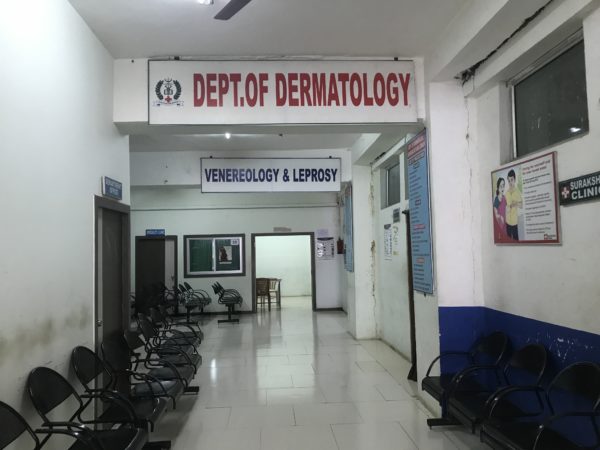
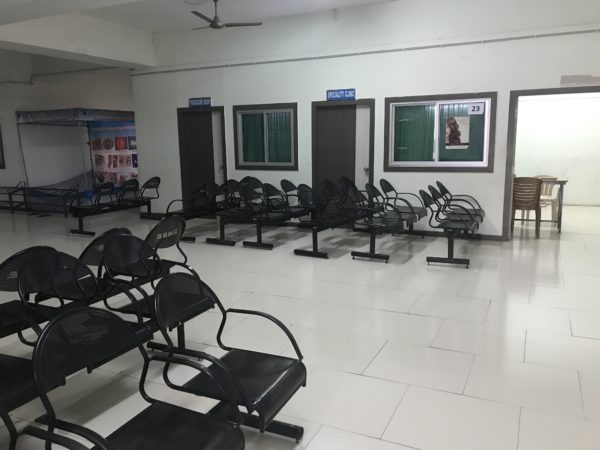
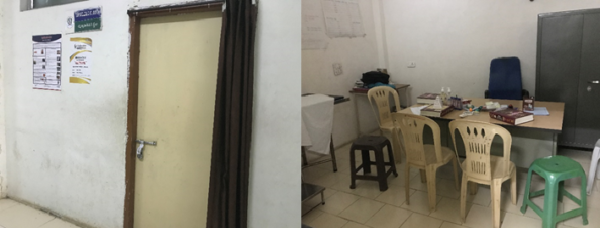
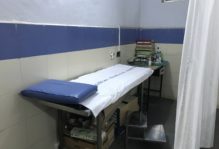
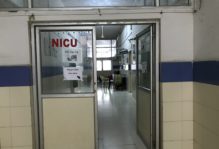
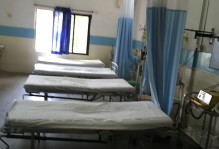
No comments.
Comments are currently closed. Comments are closed on all posts older than one year, and for those in our archive.